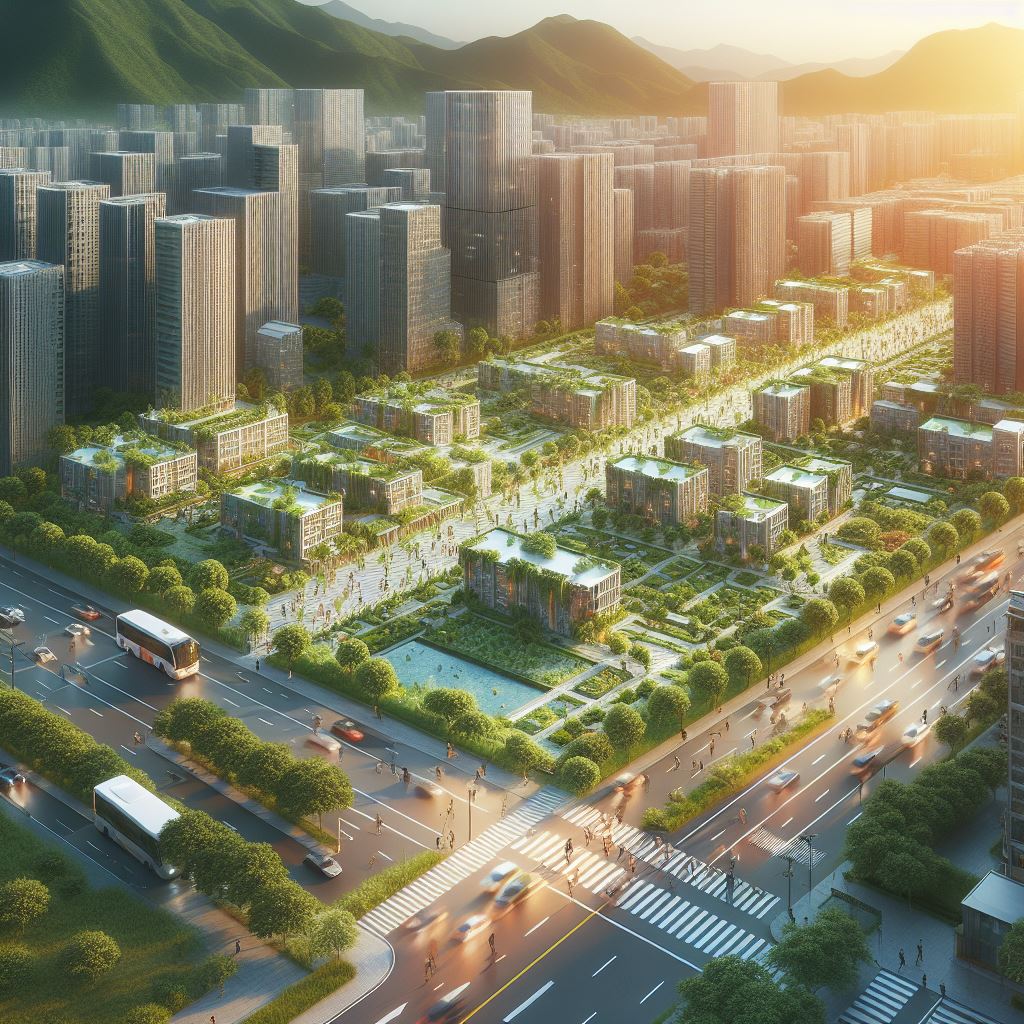How is AI Based Geospatial Technology Making Urban Green Spaces more Available?
Geospatial technologies can make it possible to develop urban green spaces (UGS) more easily with now new technologies on hand such as artificial intelligence and the time-tested reliable data analytics. Urban green spaces, which are essential for a healthier urban life, help in maintaining a calm and inclusive environment for the wellness of the residents of any urban town or metropolitan area.
With the population shifting to urban areas during the past few decades, 55% of the total population of the world now lives in cities, and according to experts, the ratio will cross 65% in the next two decades. This situation, along with burdening other infrastructure, will also increase demand for greener areas with in the cities for the betterment of residents, along with other climatic issues. Geospatial technology has been used to analyze the needs of UGS in an area. The tech is developing further, especially with the advancements made in AI.
New tech for better UGS management
There are different technologies available for providing better solutions for assessing urban green areas and plans to make them more available to the people. Along with the widely used satellite imagery, which is still used extensively, new options like drones and AI, especially Natural Language processing (NLP), have made it possible to come up with a much better understanding of the UGS needs of the population living in the neighborhood.
The difference is that instead of solely relying on satellite images and outside experts, NLP helps in understanding the sentiment of residents by combining the linguistics with computer science. Without going into deeper details, this helps in a better understanding of the local needs.
To make a sentiment analysis, crowd sourced data is used from different social platforms and web services where people interact. AI then uses it to make better assumptions about the needs, requirements, and preferences of residents and visitors based on this data, mainly sourced through geo referenced data sources. Reason being the ability of AI systems (NLPs) to understand and assess the meaning of texts provided. This seems like a far better approach, as it is often more criticized to rely on outside experts to define the needs of the locale. As the argument is that no one can better define what they need other than themselves.
It is also a debatable topic that not all groups are represented on online portals, but it still provides a good understanding of an urban area due to the fact that people living in urban areas do interact online at large. And it is also more cost efficient than traditional survey methods, which are more time consuming and costly to work on.
Benefits of urban green spaces
Urban green spaces are now more important than they have ever been before, as the rapid urbanization has brought many challenges for the quality of life and health of the people. The health of an individual relies on their environment and lifestyle. The area people live in, the means of moving around in the locale, and the air quality—together, these factors add up to 50% of health causes.
People now choose their living places on the basis of their proximity to the green areas. Mental health is also considered to be better in populations with access to green areas, as depression and bipolar disorder are less prevalent in those areas. They also provide opportunities for more physical movement, which improves life expectancy.
Green spaces are also helpful in mitigating the climate change, as they provide means for controlling the urban heat island effect and provide comfort to the people in their close vicinity. Areas without plantations and a high ratio of concrete and other buildings are hotter, and the networks of roads, paved walkways, and platforms in any urban area increase the sunlight reflection, contributing to high ground temperatures.
Paved spaces also prevent water from seeping into the ground and force rainwater to travel away from the residential areas. UGS also helps in purifying the air we breathe in, as the plantation clears the air and provides a calm and soothing environment to the inhabitants between the hustle and bustle of the cities.






